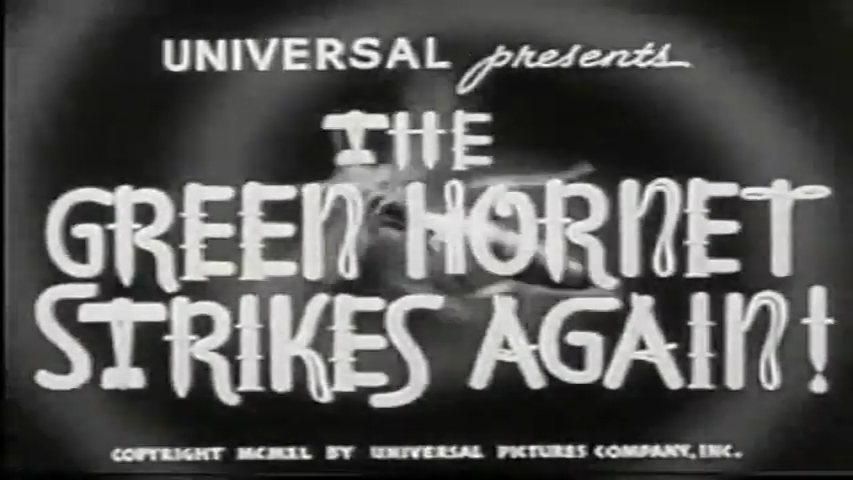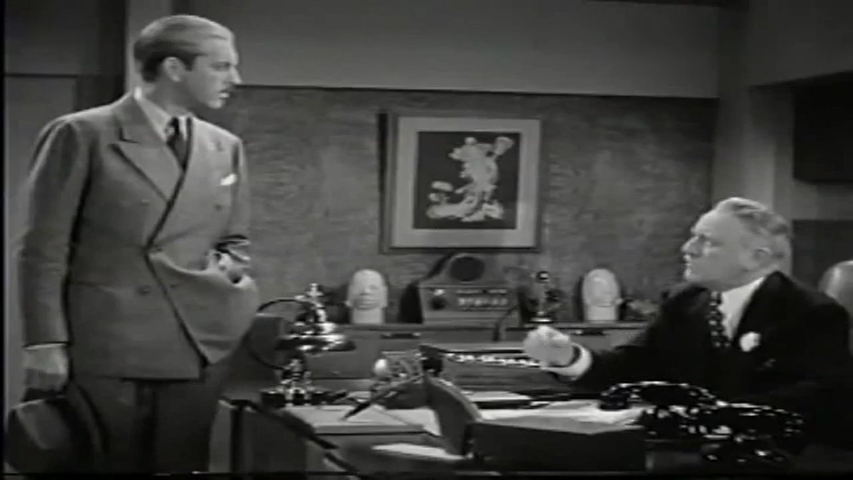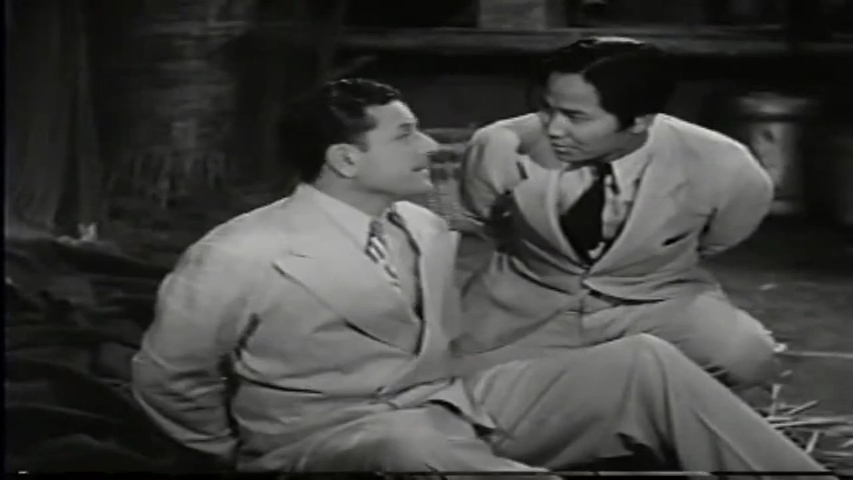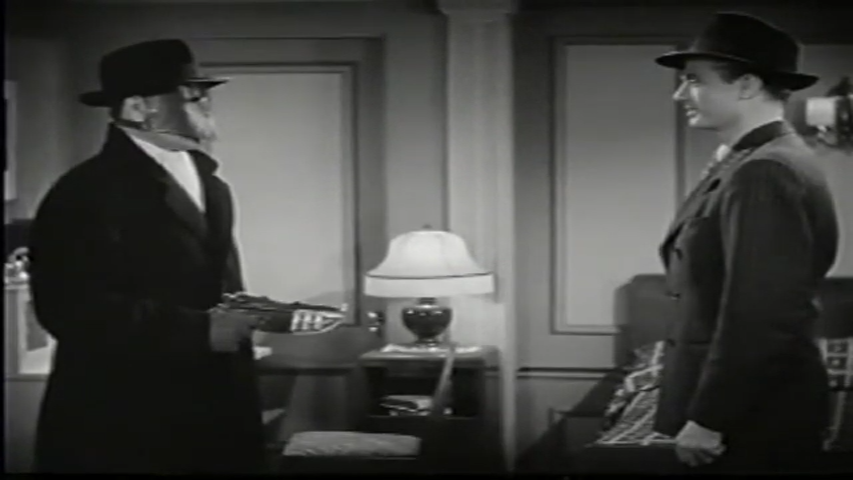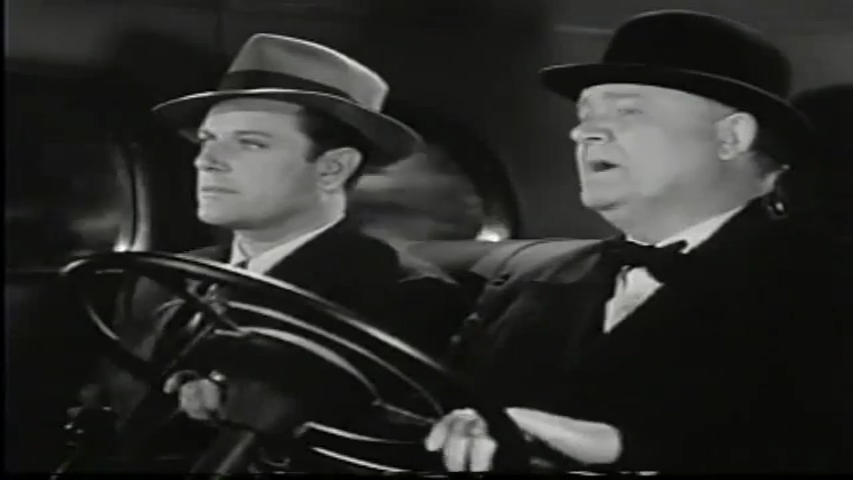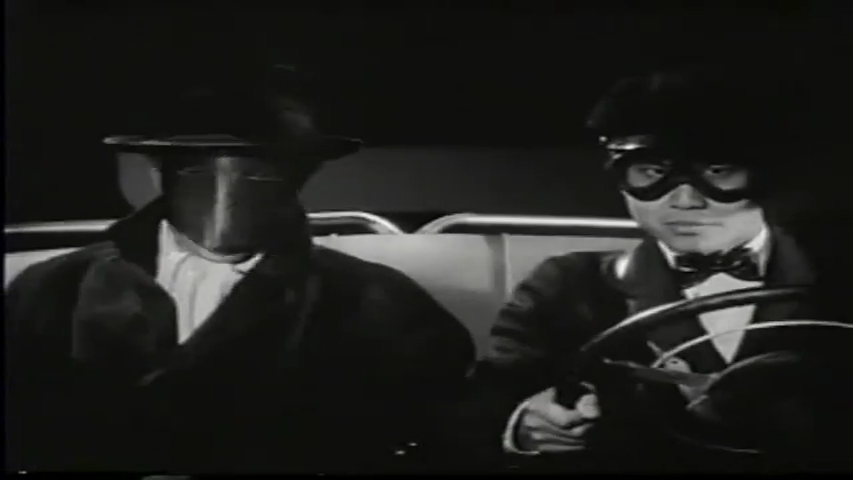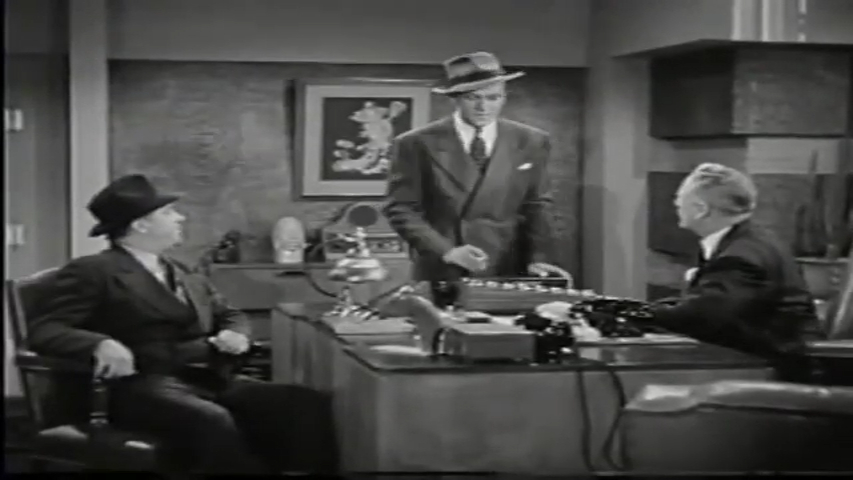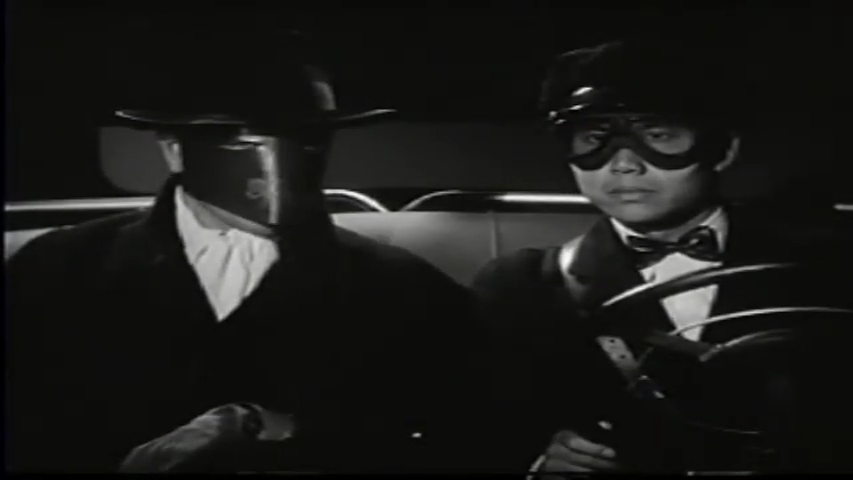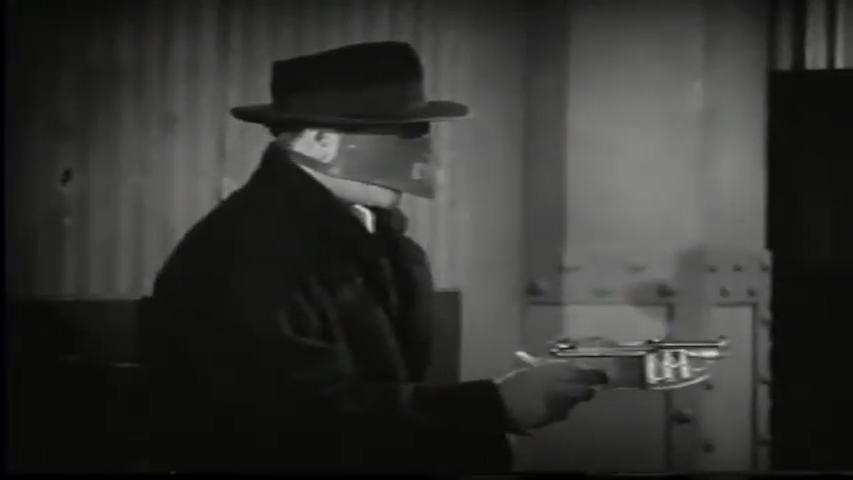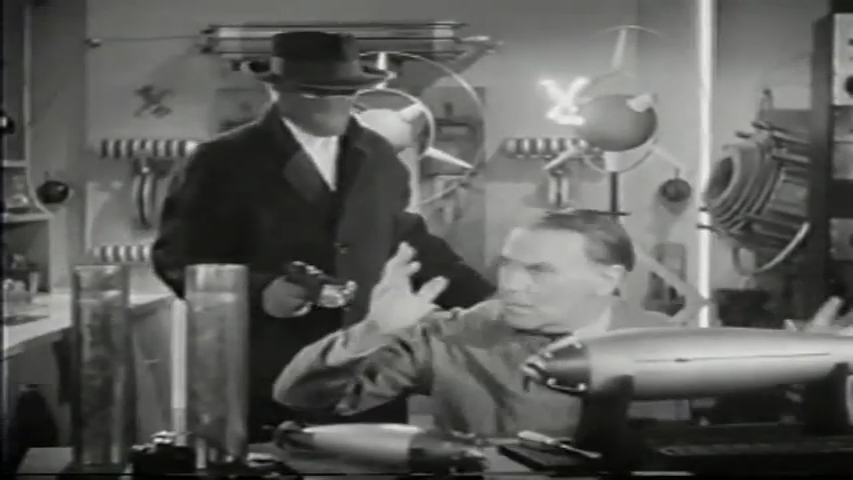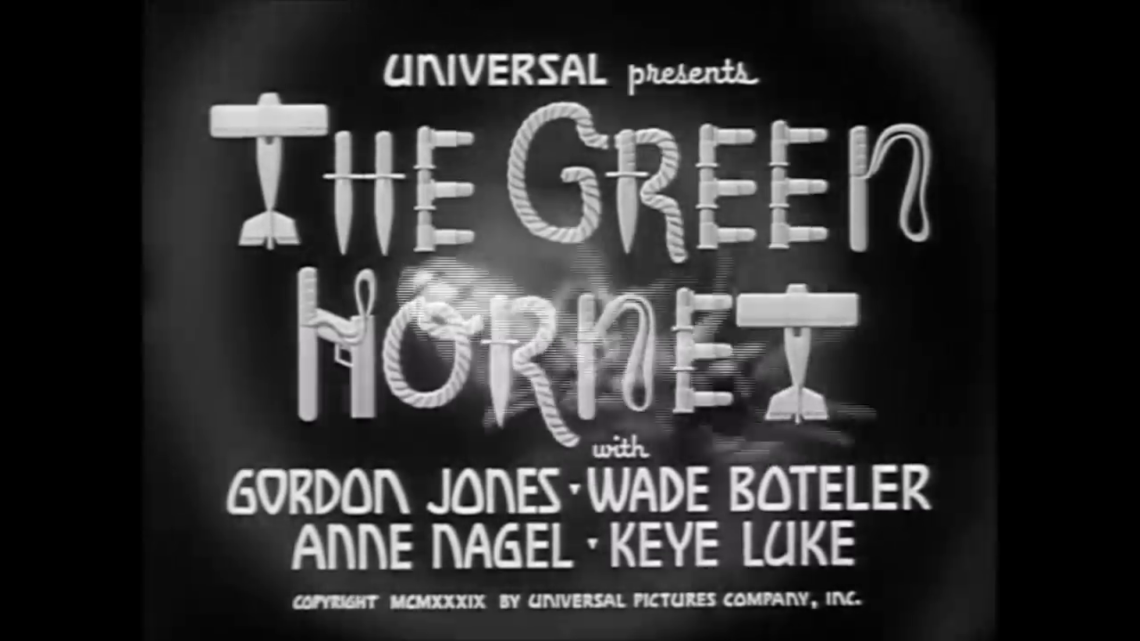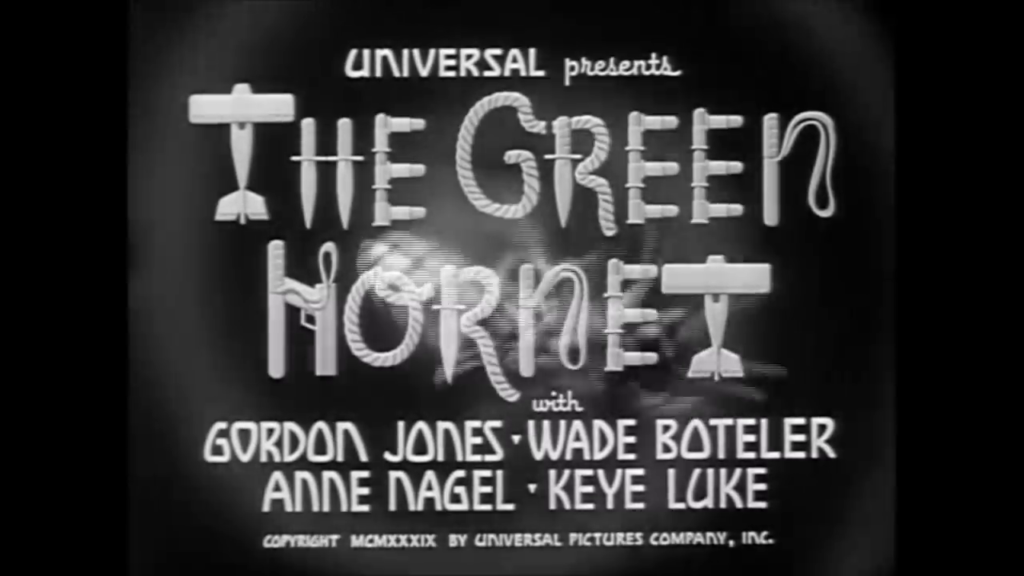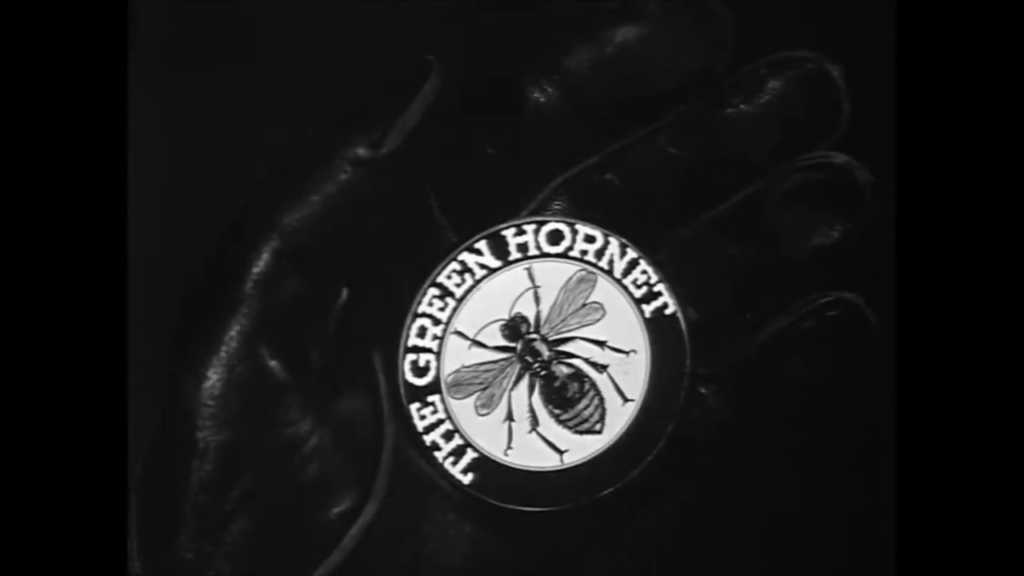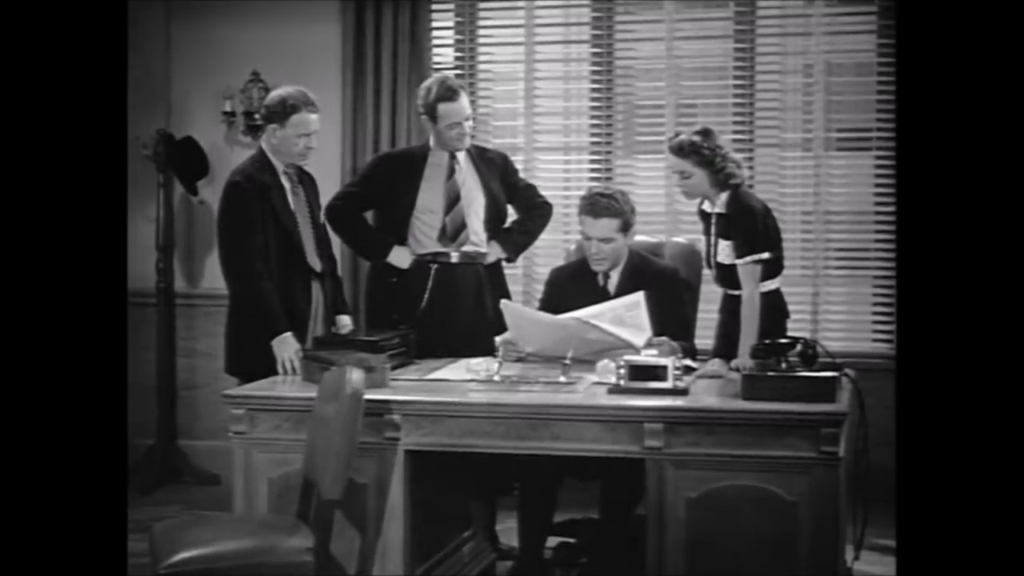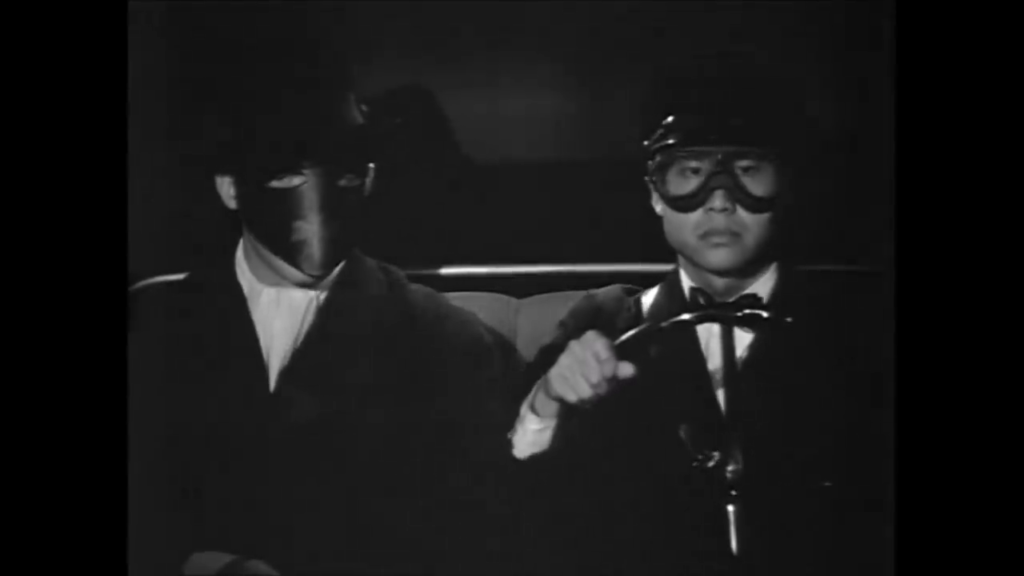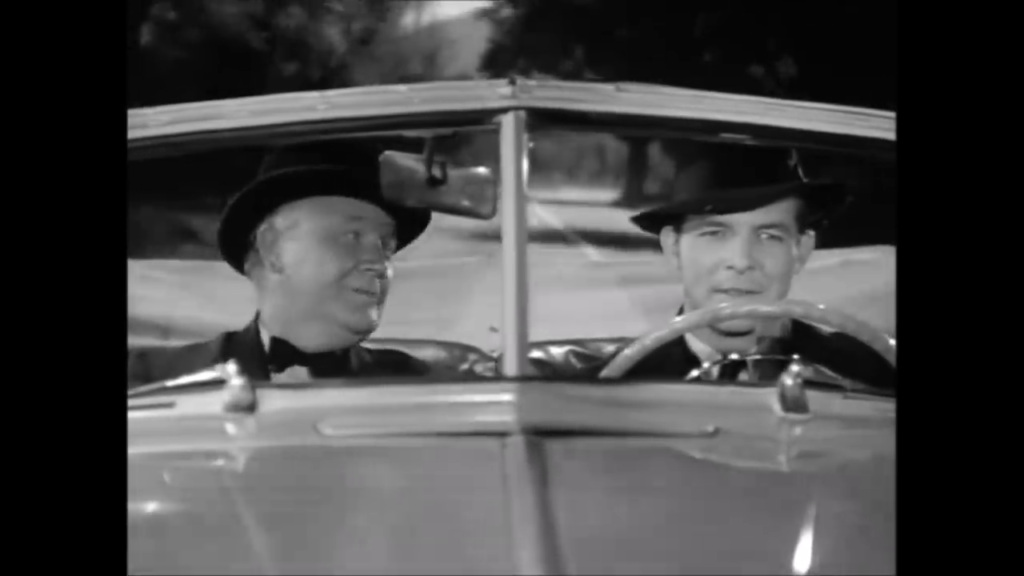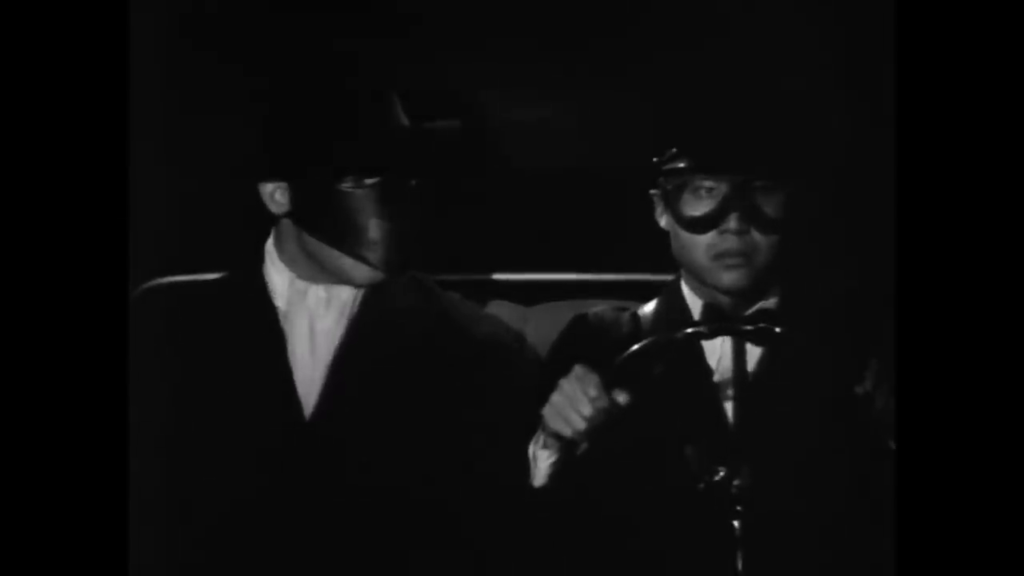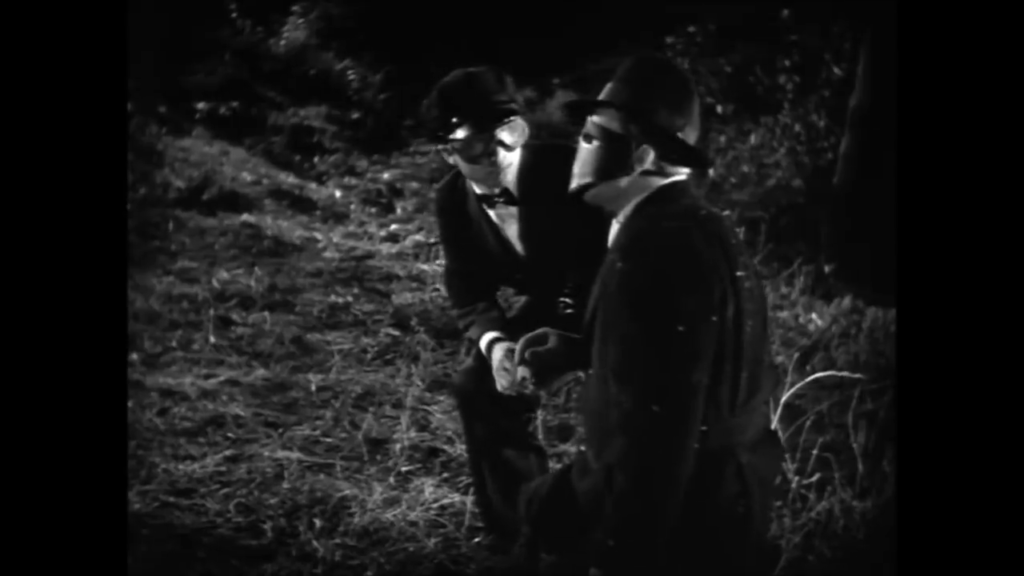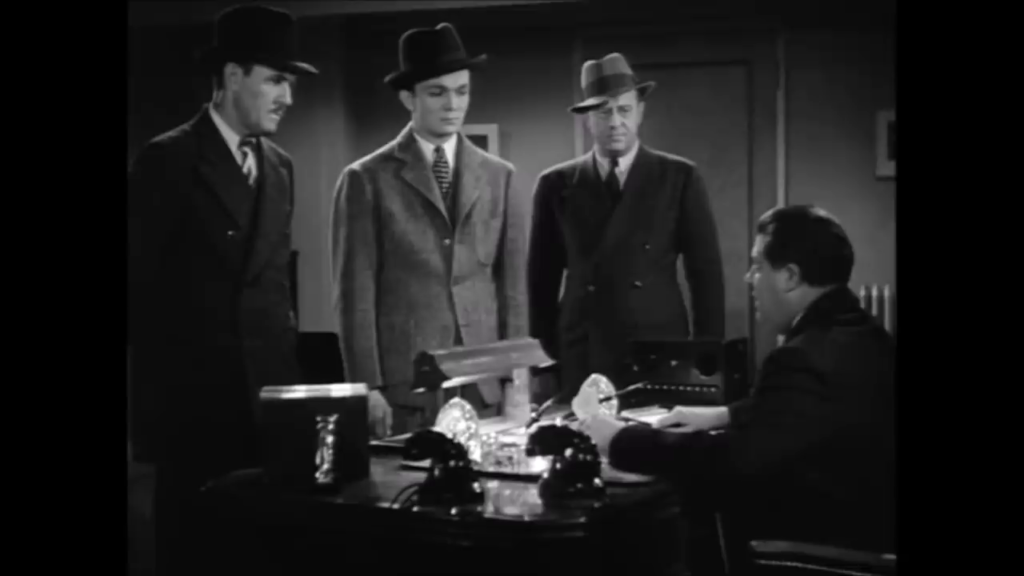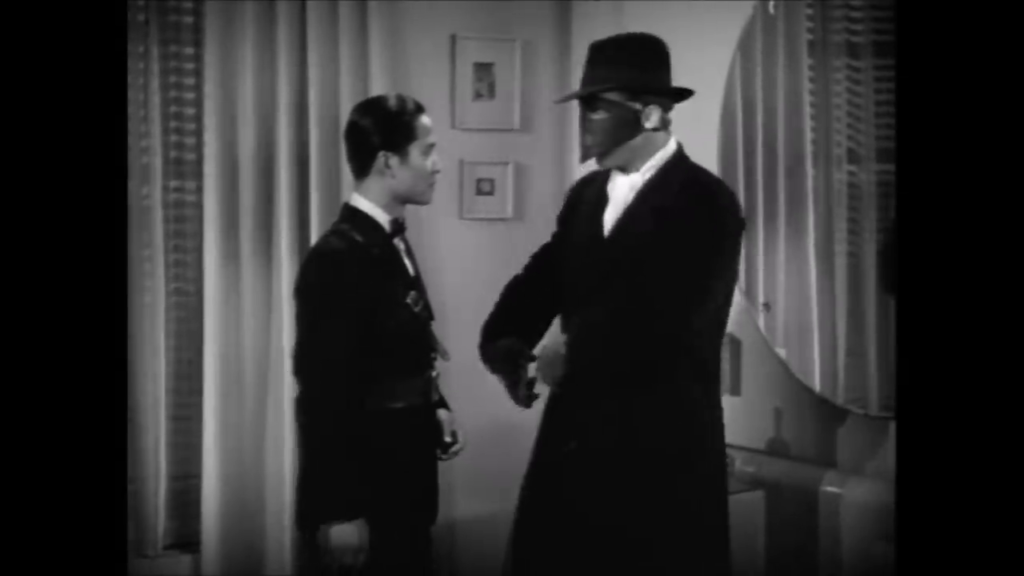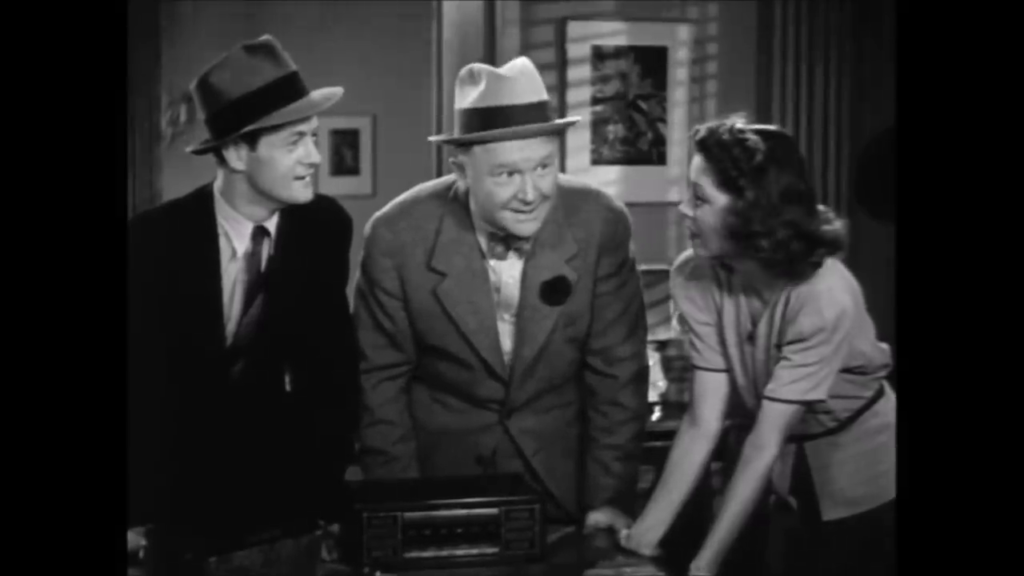-
#396 – The Green Hornet Strikes Again! (1940)
The Green Hornet Strikes Again! (1940)
Film review #396
Directors: Ford Beebe, John Rawlins
SYNOPSIS: The Green Hornet, a masked vigilante is once again on the case of a racketeering ring that is terrorising the city and undermining the country’s military productions. Britt Reid, the owner of The Sentinel newspaper, investigates these racketeering rings, and disguised as the Green Hornet puts a stop to their operations, all the while having to avoid his secret identity being uncovered by his friends and co-workers…
THOUGHTS/ANALYSIS: The Green Hornet Strikes Again! is a 1940 movie serial based on the The Green Hornet radio drama and a sequel to the movie serial of the same name. The story once again centres around Britt Reid, the owner of The Sentinel newspaper, who is also secretly the masked vigilante “The Green Hornet.” While Reid investigates the crime rackets in the city at the newspaper, as The Green Hornet he puts a stop to them with the information he has received through his investigations. This only really needs to be a short review, as most of what can be said about this serial was already said in my review of its predecessor. The story is very similar with The Green Hornet once again going after racketeering operations, with a new one being the focus of nearly every episode, which means there’s a bit of variety to the plot. This does make the serial stand out from others in the format since most of them have once overarching plot, linking the chapters by cliffhanger endings which are directly resolved at the beginning of the next chapter. Although The Green Hornet Strikes Again! somewhat does this, the cliffhangers don’t have a similar impact, and mostly just wrap things up before moving on to a new story. The overarching plot concerning the crime syndicate is a bit more substantial than the previous serial, with an overall villain controlling things, but it’s not a massive change. Nevertheless, there’s plenty of action with The Green Hornet, and intrigue with Reid’s investigations, so it manages to switch things up to keep them interesting. It should also be noted that is one of the longest serials, clocking in at nearly five hours and fifteen chapters, so that variety comes in handy.
Being released less than a year after the original, this sequel manages to return all the sets and cast as if it was almost a direct continuation. Everyone has a specific role to play, from the heroic Reid, his driver Kato, Michael Axford being the comic relief, and so on. The acting isn’t too bad, but again like its predecessor, the dialogue feels very stiff and unnatural at some points, like the actors are just reciting lines without any natural pacing or emotion. The movie serial format is known for sticking to the tropes of its format, and The Green Hornet Strikes Back! is no exception. However, it is sticking to the formula of its predecessor, which deviated from the format in having more stand-alone episodes rather than dragging out one overarching story. With this in mind it is still a good example of the format, with interesting characters, good action and intriguing investigations that have a decent amount of entertainment value.
-
#394 – The Green Hornet (1940)
The Green Hornet (1940)
Film review #394
Director: Ford Beebe, Ray Taylor
SYNOPSIS: A racketeering gang is causing all sorts of crimes across the city. Meanwhile, the owner of The Sentinel newspaper Britt Reid, upon learning of these criminal activities, has decided to fight back in disguise as The Green Hornet, accompanied by his valet Kato and their super fast car, they attempt to shut down the criminal rackets all the while trying to avoid having their identities uncovered by their friends at The Sentinel…
THOUGHTS/ANALYSIS: The Green Hornet is a 1940 movie serial based on the radio series of the same name. The story opens up showing a crime racket running amok in a city, with The Sentinel newspaper trying to chase down the stories behind their criminal activities. Britt Reid, the head of the newspaper, decides it is time for someone to deal with these criminals, and he dons the disguise of “The Green Hornet,” a masked vigilante who visits these criminals and tries to uncover who is leading the rackets. The plot unfolds over the thirteen serial chapters, with each chapter introducing a new racket that The Green Hornet must confront. With each chapter introducing something new, there’s enough variety to keep viewers returning and engaged with the story. There’s the usual high-speed chases and fist fights you would expect, and these are executed pretty well. Maybe nothing too memorable, but still entertaining enough to watch.
The character of Britt Reid and his alter-ego as the Green Hornet play a typical superhero role, with no-one knowing he is leading this double life. As such, this leads to many of his friends and colleagues at The Sentinel newspaper wondering whether The Green Hornet is a hero or villain, and in some cases working to apprehend him, which leads to some complications and interesting turns in the story. The only person who knows his identity is Britt’s valet Kato, who drives The Green Hornet’s car, which is a super speedy vehicle that makes a buzzing sound akin to a hornet. Kato stands out as a character as he is actually portrayed by an Asian actor, whereas a lot of the time Asian characters were portrayed by white actors in makeup to “look” Asian. Also of note is that when the serial was released in 1940, the U.S. had not entered world war two, although anti-Japanese sentiment was still growing, leading to Kato’s original origin being Japanese being changed to Korean for the serial (Keke Luke, the actor himself, was Chinese-American). Nevertheless, it is very rare to see a non-white person in a leading role at this time. Other characters include the one token female character, who works at The Sentinel and believes throughout that The Green Hornet is a force for good in spite of her colleagues believing otherwise. Also Britt’s bodyguard plays a bit of a comic relief character, and his being Irish leads to some stereotypical phrases that come out of his mouth. The villains don’t really have much of an impact as characters themselves, as they mostly change with each chapter and the new racket that the Green Hornet must thwart, but that’s not too much of a problem, as the protagonists are much more interesting.
Overall, The Green Hornet is a good example of the serial format. There’s plenty of action, the characters are interesting, and there’s enough variety to keep viewers entertained. It is also a good example of an early superhero-esque character who leads a double life and must balance the two roles.
